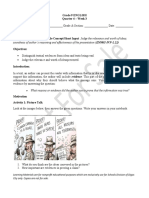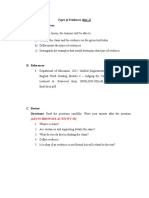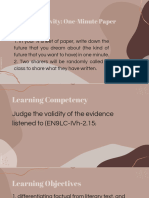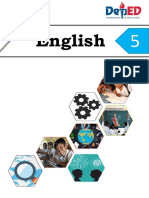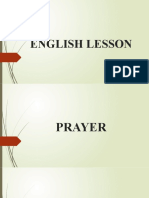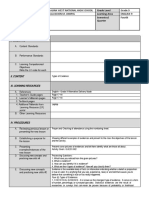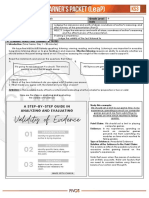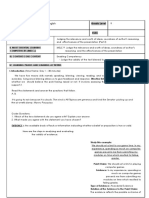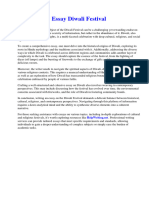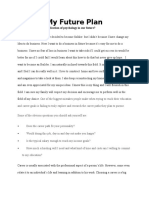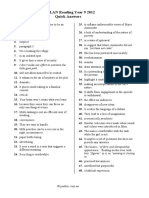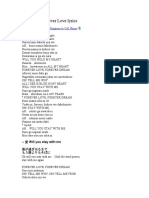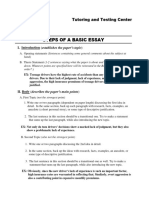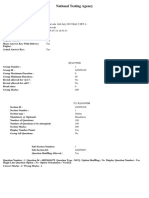0% found this document useful (0 votes)
18 views15 pagesQuarter 4 LP Module 1 Part2
The document outlines a lesson plan for Grade 9 students at Mariroc High, focusing on critical evaluation of ideas and presentations using various types of evidence. It includes objectives, learning resources, teacher and learner activities, and methods for assessing understanding of the content. The lesson aims to develop students' critical thinking skills by teaching them how to judge the relevance and worth of ideas, soundness of reasoning, and effectiveness of presentations.
Uploaded by
beanzon36Copyright
© © All Rights Reserved
We take content rights seriously. If you suspect this is your content, claim it here.
Available Formats
Download as DOCX, PDF, TXT or read online on Scribd
0% found this document useful (0 votes)
18 views15 pagesQuarter 4 LP Module 1 Part2
The document outlines a lesson plan for Grade 9 students at Mariroc High, focusing on critical evaluation of ideas and presentations using various types of evidence. It includes objectives, learning resources, teacher and learner activities, and methods for assessing understanding of the content. The lesson aims to develop students' critical thinking skills by teaching them how to judge the relevance and worth of ideas, soundness of reasoning, and effectiveness of presentations.
Uploaded by
beanzon36Copyright
© © All Rights Reserved
We take content rights seriously. If you suspect this is your content, claim it here.
Available Formats
Download as DOCX, PDF, TXT or read online on Scribd
/ 15







